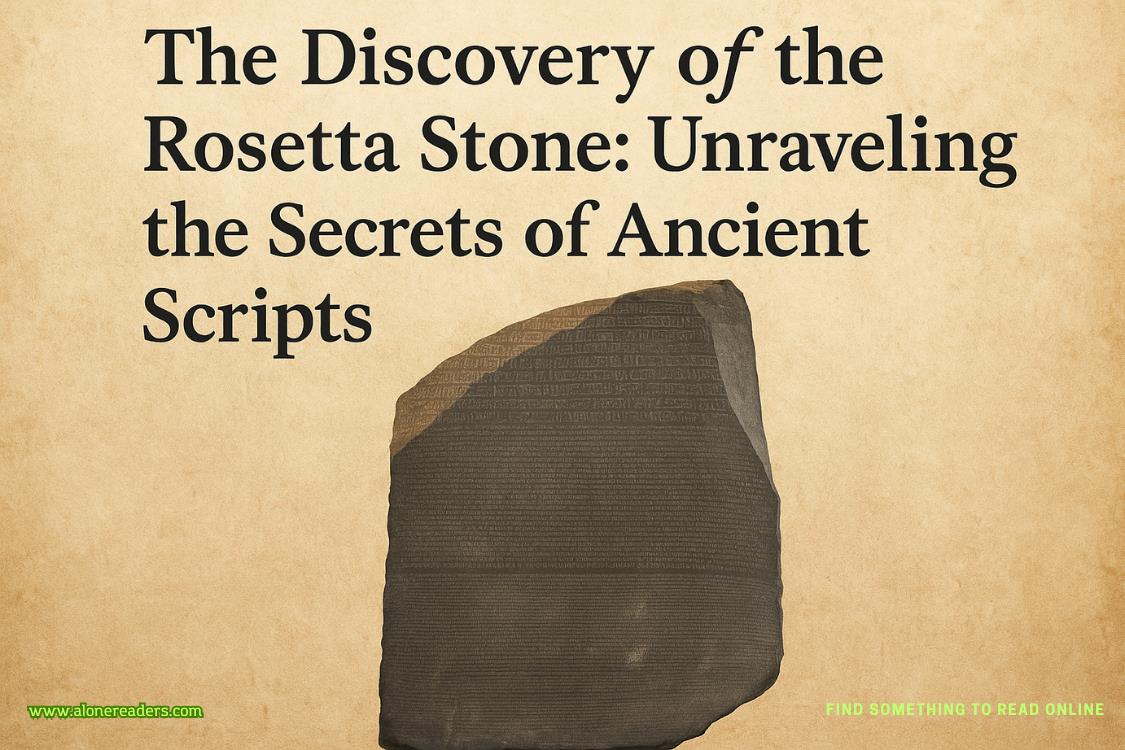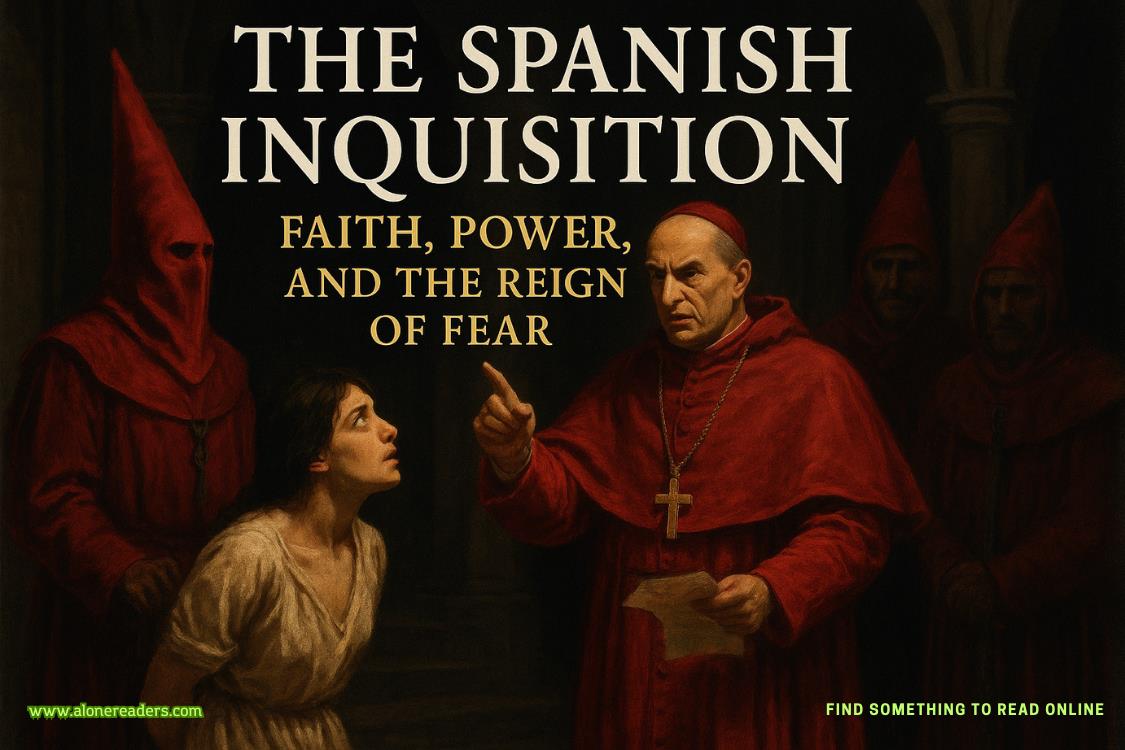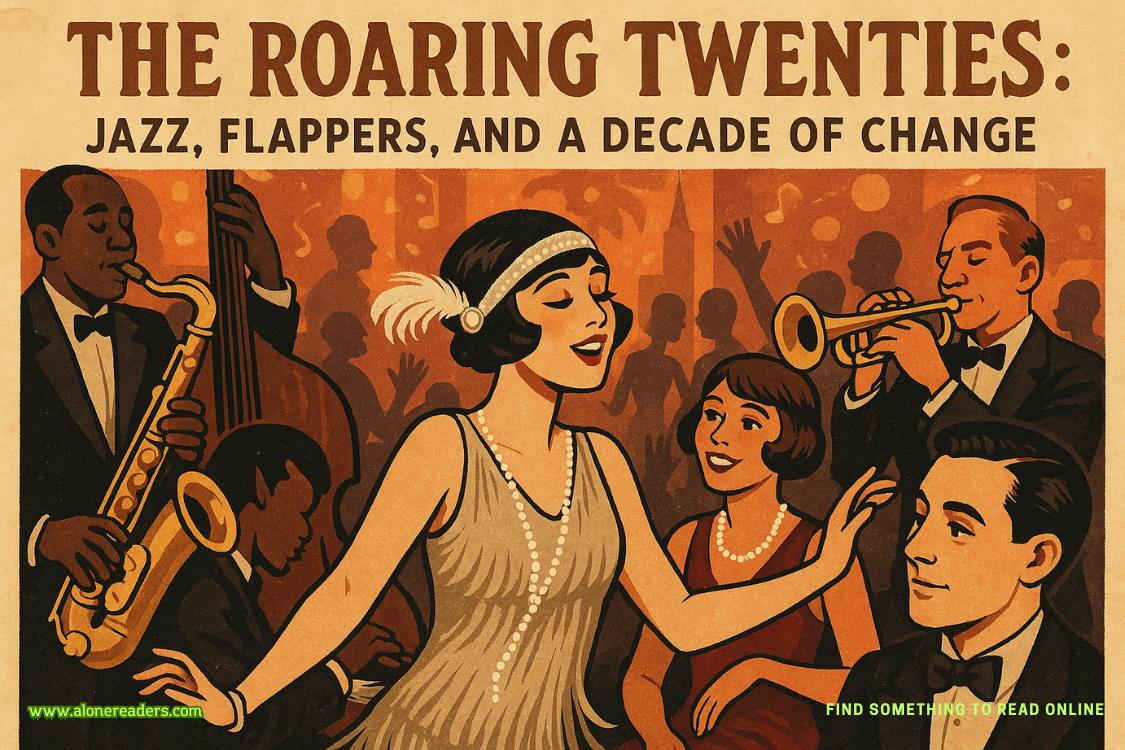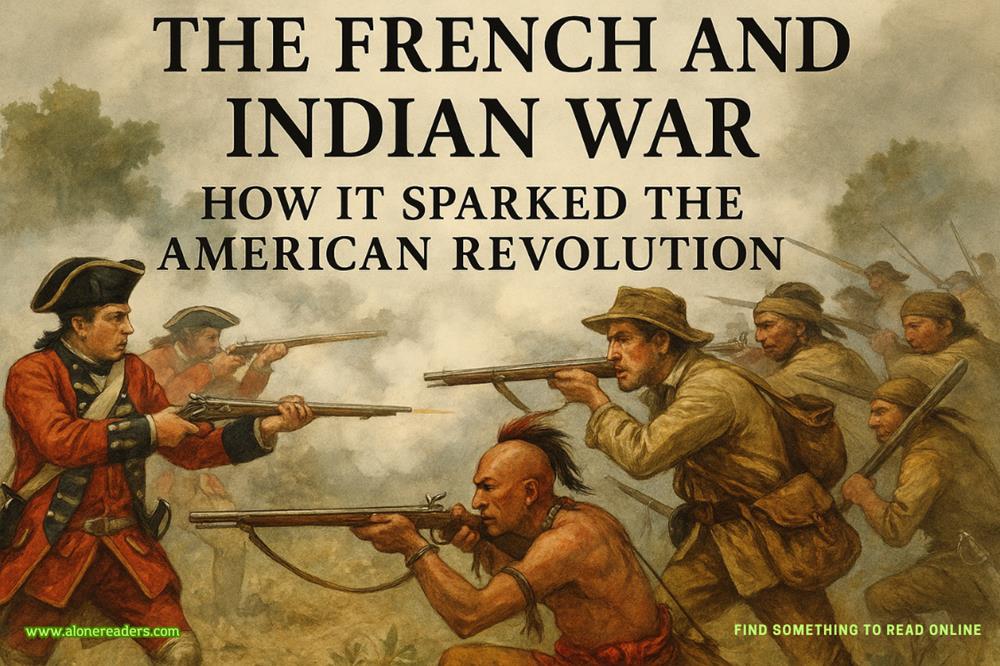Page 8 of Finders Keepers
1 Riverview Drive
Catoctin, Maryland
Name and address of informant
Julius James Fountain (see above)
Name and address of person, if any, who put you in touch with informant
Isolde Fountain Bouchard (informant’s niece)
Washington, District of Columbia
Name and address of person, if any, accompanying you
none
Description of room, house, surroundings, etc.
A large estate atop a hill on the outskirts of the small city of Catoctin, Maryland, overlooking the Monocacy River. In the center of the property is a three-story Richardsonian Romanesque residence known as the Castle, constructed of rough-faced brown stone and accented with patinated copper turrets and towers of varying shapes and heights. The footprint is notably asymmetrical, consisting of many swells and recesses. An arched portico shelters the front entrance, with an elaborate star motif carved into the wooden door.
Inside, the residence is richly appointed in the fashions of the last century, with silk-papered walls and elaborate woodwork trim. The library, in which this interview was conducted, is lined with overflowing bookshelves.I recognize that it is not standard practice to comment upon the appearance of the informant at this stage of the record, but I feel it crucial to note that Mr. Fountain attendsthis interview wearing his pajamas, which are in the exact pattern of the fabric of his chair, resulting in the illusion upon first glance that he is but a floating head. This startled me upon my entrance into the room, causing me to drop the glass of soda water the butler inexplicably handed me upon my entrance to the house, and in response, Mr. Fountain shouted, “Six! Add another tally to the board, Marshall!” as this is apparently a game he enjoys playing with his visitors.There is abundant natural light.
5
The slightly yellowedsheet of legal paper swiped from Mr. Bell’s office, covered in amateur blueprints and the adolescent version of my own handwriting, takes me back to the summer of 2008 so quickly my neck twinges from the emotional whiplash. All of those mornings we spent trying to find some secret meaning behind the Fountain estate’s idiosyncrasies until the heat and humidity wore us out and we fled to the library’s special collections room, where the cool air-conditioning dried our sweat and made us shiver. I can almost feel the familiar resulting drowsiness from the temperature change, Quentin’s elbow nudging me awake when I fell asleep combing over Fountain Seltzer Company meeting minutes.
“You still have it,” I breathe.
Quentin narrows his eyes. “Of course I still have it. Who would throw away a treasure map?”
“It isn’t…” I shake my head, more to clear it than convey anything. “It’s not arealtreasure map. We made it ourselves. Besides, it was just…kid stuff.”
“Oh, come on. You know it was more than that.”
For a moment I’m not sure if we’re still talking about the map. Even so, I point to the square in the corner. “You labeled the old cemetery ‘the Bone Zone,’ Quentin.”
He examines the words written in his scratchy small caps. “Okay, fine, I will concede that the mapitselfwasn’t that serious. But the treasure was not ‘just kid stuff.’ And it’s most likely still out there.” One side of his mouth kicks up quite charmingly—a littletoocharmingly, if you ask me. Like it’s something he’s spent a good amount of time practicing. “I bet we could still find it.”
It feels like my blood freezes in place as I process the words. I stare at him, then shakily take the proffered paper from his hands and smooth it out on the table. Our interpretation of Julius James Fountain’s estate, Sprangbur, lies before me: a large amebic shape representing the eccentric mansion at its center, the various odd little outbuildings, monuments, and themed gardens scattered around it. We drew this because we were convinced the higgledy-piggledy layout of the property might provide some clue we were missing. Why else would Fountain have built so many bizarre structures with seemingly no rhyme or reason unless they actually formed a symbol or something from above? What we didn’t understand at the time—but I certainly do now that I’ve gone to school with and taught some of their children—is that sometimes rich people do strange, outlandish, expensive shit simply because they can. Looking over our makeshift map again, that certainly seems to be the case here.











